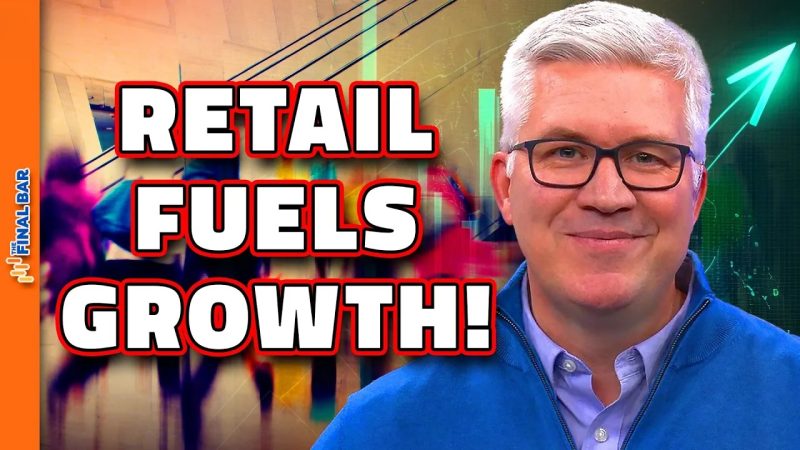In recent months, the global economy has been grappling with fluctuating inflation rates and volatile consumer spending patterns. The combination of inflation fear and strong retail sales has been a cause for both excitement and concern among economists and policymakers worldwide.
One of the primary drivers of this economic phenomenon is the significant uptick in consumer spending observed in various sectors. The surge in retail sales can be attributed to several factors, including the reopening of businesses post-pandemic lockdowns, increased consumer confidence, and a rise in disposable income due to government stimulus measures. With consumers more willing to loosen their purse strings, businesses across the board have experienced a much-needed boost in revenue.
This surge in consumer spending has not only bolstered the retail sector but has also had a ripple effect on other industries such as manufacturing, transportation, and hospitality. As demand for goods and services continues to soar, companies have ramped up production, hired more workers, and expanded their operations to meet the growing consumer needs. This uptick in economic activity has provided a much-needed boost to the overall economy, driving GDP growth and lowering unemployment rates in several regions.
However, the flip side of this rosy economic scenario is the looming specter of inflation. As demand outstrips supply in certain sectors, prices of goods and services have soared, triggering concerns about a sustained period of inflationary pressure. While a certain degree of inflation is considered healthy for the economy, a prolonged period of rapidly rising prices can erode consumer purchasing power, reduce savings, and lead to higher interest rates, ultimately impacting economic growth.
The dual forces of inflation and strong retail sales have set the stage for a delicate balancing act for policymakers. On one hand, they must monitor inflationary pressures closely and take preemptive measures to ensure price stability and safeguard consumers’ purchasing power. This may involve adjusting interest rates, implementing targeted fiscal policies, and enhancing supply chain resilience to alleviate supply constraints.
On the other hand, policymakers must also support the momentum generated by strong retail sales to sustain economic growth and job creation. By encouraging consumer spending, incentivizing investments, and fostering a conducive business environment, policymakers can capitalize on the current economic upswing to steer the economy towards a path of sustainable growth and resilience.
In conclusion, the interplay between inflation fear and strong retail sales represents a critical juncture for the global economy. While the surge in consumer spending signals a robust economic recovery, the specter of inflation poses a significant challenge that must be addressed proactively. By adopting a balanced approach that strikes a harmonious chord between price stability and economic growth, policymakers can navigate through these turbulent waters and pave the way for a more prosperous and resilient future.

